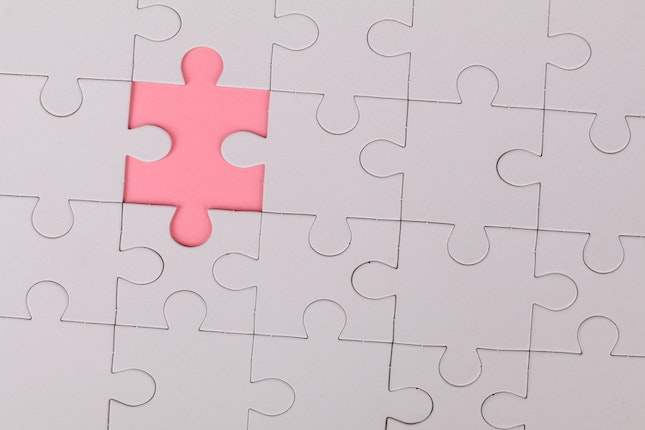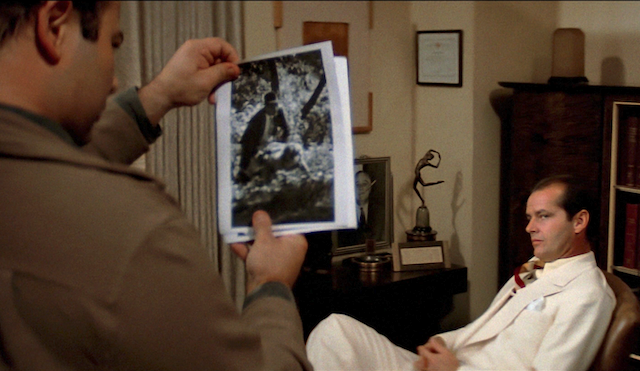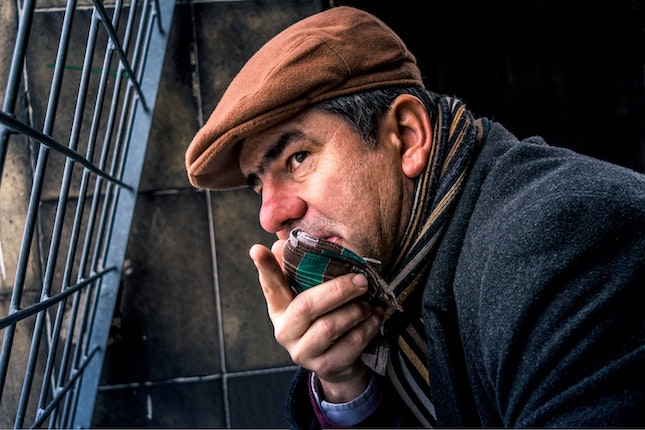How to Create A Mystery Puzzle Readers Will Love

A successful mystery novel keeps the reader guessing. As an author, you create a puzzle that doesn’t work until the final piece of the jigsaw puzzle fits in.
That final piece is the reveal of the villain, the one who committed the crime, usually a murder.
Between the discovery of the crime and the final reveal, your work is to create a puzzle for the reader that keeps them wondering who did it.
Integrate the Puzzle Pieces
To meet the puzzle challenge you need to balance the crime, the victim, the suspects, and clues. You construct each of these puzzle pieces to interact with the others to keep raising qustions.
Craft your mysteries to make readers feel disoriented, exhausted, and excited to solve the puzzle. Observant readers will find familiar scenarios and symbols everywhere, making for an ever-thinning net of clues to unravel throughout the book.
The Crime
The crime is the initial pivot point that sets your detective, and your reader, on the path of assembling the puzzle pieces and then arranging them in a way that solves the mystery.
The crime raises questions like
- the method of the murder
- why that particular victim was killed
- who did it
- why they did it
You’ll answer all of the questions by the end of the mystery.
The Victim
The victim raises questions that linger throughout your story. Your detective must dig deep into the victim’s life and personality to discover why someone would want to kill them.
You’ll need to raise questions around:
- their public personality
- their private life
- what actions they took to create someone’s desire to kill
- who their friends were and how they related to them
- who of their acquaintances is a suspect
As your detective discovers more about the victim and their world, you’ll raise more questions.
Clues
Clues include evidence, physical findings, and statements by suspects. Each of the clues points toward the villain. But during the bulk of your story they seem unconnected.
You can also use red herrings, clues that aren’t really clues, to lead your detective down false trails, including false assumptions.
You’ll hide important clues among other pieces of information, keeping your reader wondering which clues are important. When crafting the clues, you should work hard to find the perfect balance between ease of comprehension and scale of the puzzle.
Suspects
Creating multi-dimensional suspects is a powerful way to enhance your mystery puzzle.
While each suspect had a relationship with the victim, which your detective must uncover, each suspect also has their personal reasons for keeping things hidden. Things that may have nothing to do with the crime, but make the suspect suspicious.
You’ll want to delineate:
- the suspect’s relationship to the victim
- the suspect’s relationship to other suspects
- personal reasons they have to hold back information
All the interrelationships will help you create a puzzle that baffles your detective and also your reader.
The Villain
For most of your mystery, the villain is just one of several suspects. You’ll use all the questions you raise about the other suspects.
But you’ll hold back one piece—the missing puzzle piece—that lets all the other pieces fall into place.
The Detective
Everything the reader learns is guided by your detective and their skills, strengths, and shortcomings.
Your detective has a personality and opinions that color how they interpret everything they discover. They may have an aversion to a suspect that keeps them from learning important information. Or, their logical approach may keep the detective from understanding emotional ties among suspects.
Use your detective as a filter to how your reader learns and interprets information.
Put All The Pieces Together
As you add all your puzzle pieces, keep in mind that your goal is to keep that last puzzle piece hidden until the end. Readers will need to put the clues together and figure out who the murderer is. If they can’t figure it out, they will be rewarded with a thrilling ending.
Photo by Ann H






